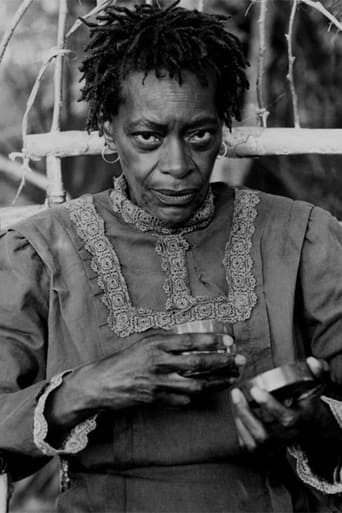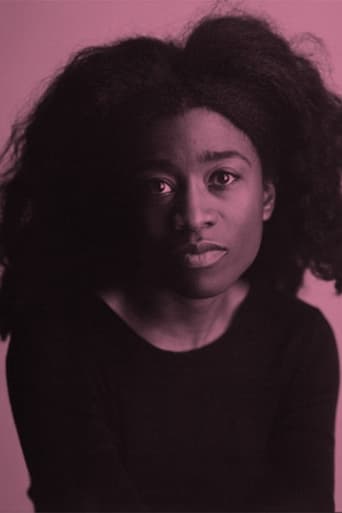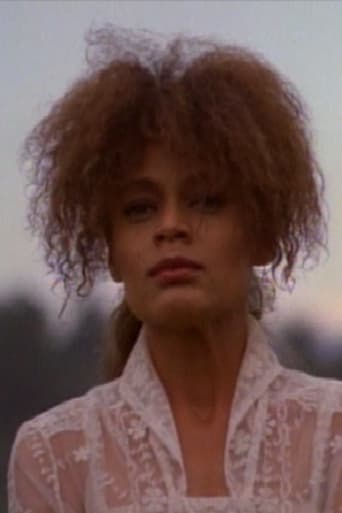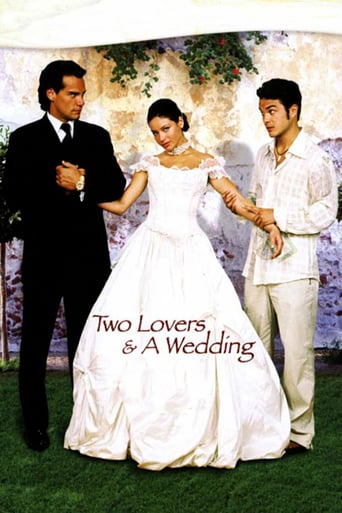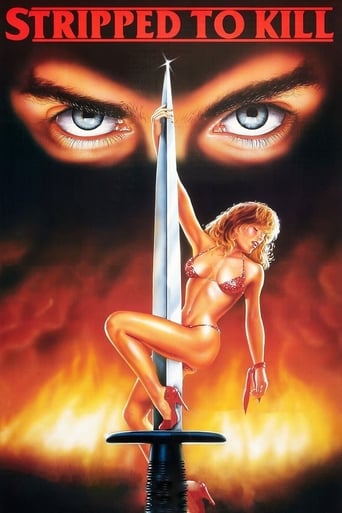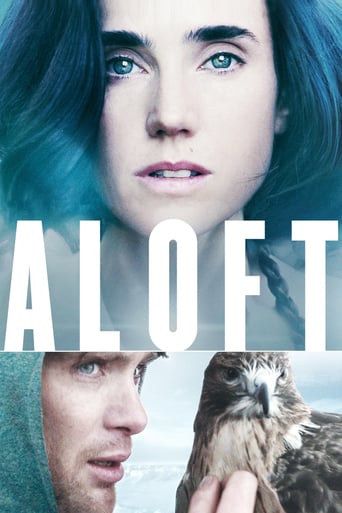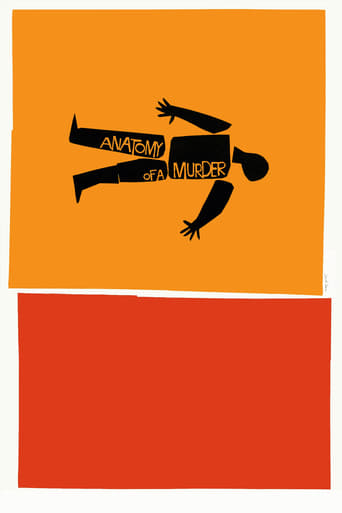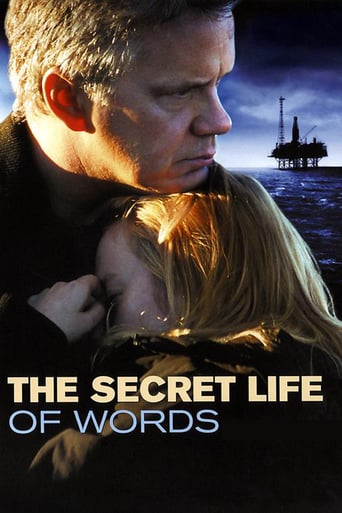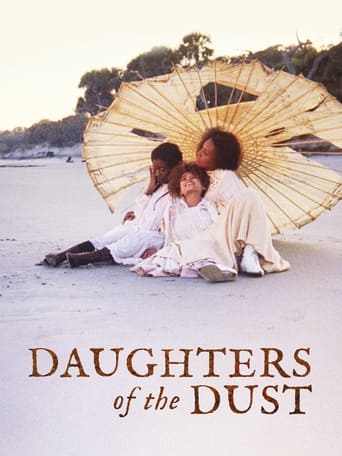
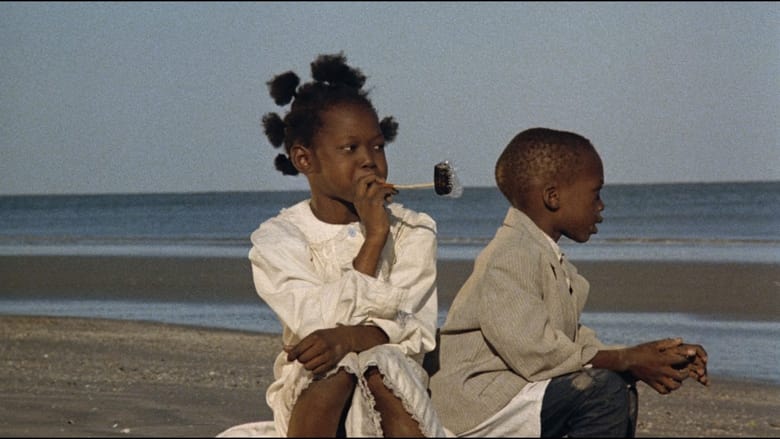
Daughters of the Dust (1992)
In 1902, an African-American family living on a sea island off the coast of South Carolina prepares to move to the North.
Watch Trailer
Cast


Similar titles
Reviews
Beautiful movie/ scenery, just wished there was more of a continuous script in the dialogue.
"This must be the most desolate place on earth." is uttered in this ethnographic trailblazer from Julie Dash, and the said place is Igbo Landing, on St. Simons Island off the Georgia coast, where lives Gullah islanders, an African-American people distinctively preserves its African traditions and origins. The story of DAUGHTERS OF THE DUST takes place in the turn of the 20th century, and pivots around the Peazant Clan when the family is facing an impending separation as most of them decide to pursue a new, modern life northward in the mainland, whereas the elderly matriarch Nana (Cora Lee Day), refuses to leave the island where she is born and raised. Weaving its non-linear narrative with a voice-over of the unborn child (Warren), whose dubious parentage is a scathing testimony of Gullah people's sufferance to the injustice and oppression (although they are not explictly presented here), strewing flashback, spectacular shots of its unique topography, myths (water-walking), rituals (baptism) and supernaturalism (a young girl's ghost or a surreal shot in the graveyard) intermittently along the way, yet, on a less favorable note, its banally synthesized accidental music (save for some tribal rhythm) fails to leaven the narrative as the icing on the cake, often irritatingly takes us away from its spatio-temporal environs. It is a shade daunting for a first-time viewer to suss the whole picture of who is who and their familial relations immediately, but it is rewardingly the women's voices are predominantly heard through a handful of strong characters. Cora Lee Day's Nana, an obstinate heathen refuses to evangelism but cleaves to memories and mementos of the past in her own superstitious mindset, is a stunning exemplar of what energy and impact those underemployed dark-skinned thespians can generate if they are granted a platform, she is electrifying as the old guard battling mortality and being forgotten, subsists a wisp of spiritual tenacity that becomes her lifeline. Barbarao plays Yellow Mary, one of Nana's many granddaughters, the black sheep practicing the oldest profession, returns for the last supper with her same-sex lover Trula (Hoosier), is at loggerheads with Haagar (Moore), Nana's intractable granddaughter-in-law, who aims to sever her family entirely from the backwater, represents the aggressive side of the polarity. Finally, Alva Rogers as Eula, mother of the unborn child and wife of Nana's great grandson Eli (Anderson), staggeringly performs a quasi-possessed plea of understanding and unification in the climax, conjuring up a most theatrical moment in this otherwise self-reflective, desultory essay honoring Gullah culture and underlining the inexorable generational shift and a muted understanding thereof. An oddity disinterred from oblivion, and forever enshrined as the first feature film directed by an African-American woman distributed theatrically in the United States, Dash's ethereal debut enters that year's Sundance and is recognized for its otherworldly cinematography, but its groundbreaking genesis doesn't parlay into a successive big screen career for Dash, who is relegated to small screen works mostly and his second theatrical film FUNNY VALENTINES arrives in 1999, and that's it, does she deserve another chance? For shizzle!
Besides being visually gorgeous to look at, I am having trouble finding positive things to say about Julie Dash's Daughters of the Dust. My biggest problem with understanding Daughters of the Dust was the continuity. Obviously there was no change of costume, there was only the one meal, and no one ever seemed to have slept, so this would make me think that it all takes place in one day. However, because of the poor continuity in editing, when the film was over I really found myself guessing what was going on. It must have been difficult shooting where they did, St. Helena Island, and with a smaller budget, but the frequent change of sunlight really threw me off. I'm not just talking about the storm scenes, but towards the end of the film it seems like they had trouble with clouds moving in and out. It also seemed like some of the last shots were edited together without paying much attention to the lighting changes. Also, along with continuity editing, characters disappeared and reappeared extremely infrequently. For example, the American Indian that was seeing Iona just took off towards the beginning of the film, and we don't see him again until the last few minutes of the film. He was obviously not a main character of the film, but are we really supposed to feel something when Iona runs off with someone we have little/no feeling for? It wasn't just this side story that we were given little insight into, but all characters. Instead of letting us deep inside of fewer characters and their lives, we were exposed to several characters, and we were given very little insight into who they were. This kept the film very shallow and somewhat meaningless for me. I couldn't find any sort of central plot. There were several little sub plots, that didn't go very far, and all ended with the splitting of the family into those who stayed on the island and those who went to the mainland. And then we're cut off. All we know is they never see each other again. So, we're given little to no plot, no deep or meaningful insight into the characters, and a rather abrupt and unsatisfying ending. I'd argue that Daughters of the Dust is a poetic film before ever calling it a narrative. The film had a poetic feel to it, with the beautiful scenery, the language used, and especially the music. That (horrible) harp music that was constantly repeated over and over again could be interpreted as poetic. However, the African tribal music that was used was also very poetic sounding, exotic and rhythmically speaking.
The film Daughters of the Dust is argued to be a stand out film in the genre of feminist film theory. The film is to show a break from the traditional male and female roles in a society; to break away from the traditional narrative to represent the present, past, and future as one to show woman as a strong active influential being. Yet, it did not accomplish this task.The film's narrative has a circle feel bring elements of the past, present and future together as one unit in the form of the child with the indigo ribbon. Images of the enslaved people of the islands are counter set by images of the modern dressed family awaiting the boat to go to America's main land. The family is to be mainly formed on this island after slaves were brought there to work in the indigo market, it is to be formed around this one woman. She takes on the lead role of the family, the matriarch in this instance instead of the patriarch. This attempt to change from the patriarch fails for the matriarch takes on the same role with the same strong masculine tendencies. The feminist ideals and theories are also lost as the woman of the family cook and tend to the work of packing for the journey while the men are relaxing and talking the day away. Yet, as the woman of the family do work they argue and talk. These woman in turn are to represent the different woman of society; the audience sees the daughter, the mother, the wife, the modern social woman, the elderly, the religious, the rebellious and the quite individuals that make up all social structures.Having the present, past and future working together as one creates too much confusion in the eye of the audience. At different instances the ideas are hard to connect to the ideals of the film theory and follow the themes of the narrative for it jumps around too often. Not introducing all the characters is another flaw of the film. The audience is lost as to how they fit into this family, how they are important to the plot of the new daughter changing the lives of the family members in the mainland, and how they affect the feminist film theory. In the end, not all the questions or problems that the film poses are answered and not all the loose ends are tied up. The style chosen to show a strong feminist woman was made in a too particular way. It was made for only a small subset of society where not all persons could identify with the characters and care for the meaning of the migration to the mainland. Instead the film creates a feeling of detachment, where the audience becomes uninterested. The ideals and theories for such a film are strong in context and in thought but fail to come across in the execution of the project. The true concept of the film is lost within the frame work of the circular plot and the feeling of randomness to some of the films content. This film does in turn do a good job of showing the complexities of a family, mixing old traditions and new as they are passed to different generations, and addressing fears that come when entering into a new society or world that one does not truly understand or know.


